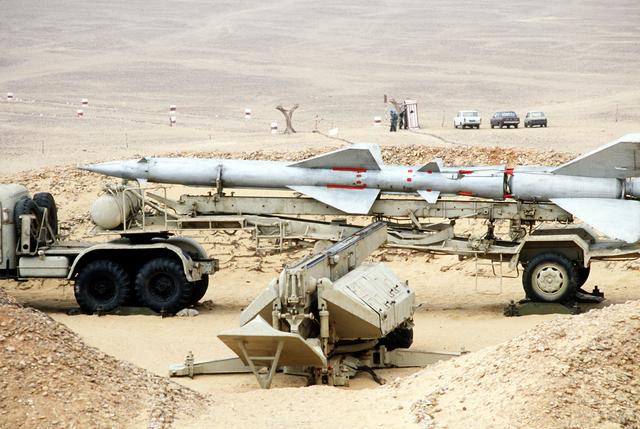Israel names Russians helping Iran build nuclear bomb
Uzi Mahanimi in Tel Aviv, Mark Franchetti and Jon Swain
Israel's Prime Minister Benjamin Netanyahu gestures during his meeting with German President Horst Koehler
Israel's prime minister, Binyamin Netanyahu, has handed the Kremlin a list of Russian scientists believed by the Israelis to be helping Iran to develop a nuclear warhead. He is said to have delivered the list during a mysterious visit to Moscow.
Netanyahu flew to the Russian capital with Uzi Arad, his national security adviser, last month in a private jet.
His office claimed he was in Israel, visiting a secret military establishment at the time. It later emerged that he was holding talks with Vladimir Putin, the Russian prime minister, and President Dmitry Medvedev.
“We have heard that Netanyahu came with a list and concrete evidence showing that Russians are helping the Iranians to develop a bomb,” said a source close to the Russian defence minister last week.
“That is why it was kept secret. The point is not to embarrass Moscow, rather to spur it into action.”
Israeli sources said it was a short, tense meeting at which Netanyahu named the Russian experts said to be assisting Iran in its nuclear programme.
In western capitals the latest claims were treated with caution. American and British officials argued that the involvement of freelance Russian scientists belonged to the past.
American officials said concern about Russian experts acting without official approval, had been raised by the International Atomic Energy Agency (IAEA) in a report more than a year ago.
“There has been Russian help. It is not the government, it is individuals, at least one helping Iran on weaponisation activities and it is worrisome,” said David Albright, a former weapons inspector who is president of the Institute for Science and International Security.
However, Israeli officials insist that any Russian scientists working in Iran could do so only with official approval.
Robert Einhorn, the special adviser for non-proliferation and arms control to Hillary Clinton, the US secretary of state, is understood to believe that Russian companies have also supplied material that has been used by Iran in the production of ballistic missiles.
The disclosures came as Iran agreed at talks in Geneva to submit to IAEA inspections of its newly disclosed enrichment plant, which is being built under a mountain on a military base at Qom. Iran revealed the plant to the IAEA to pre-empt being caught out by an imminent announcement from western governments, which had discovered its existence.
The West says the plant is tailor-made for a secret weapons programme and proves Iran’s claim that its nuclear programme is intended only for peaceful purposes is a lie. The plant is designed to hold 3,000 centrifuges — enough to produce the material needed for one bomb a year.
Iran’s conduct over the next few weeks will determine whether the West continues its new dialogue or is compelled to increase pressure with tougher United Nations and other sanctions.
Ephraim Sneh, a former Israeli deputy defence minister, warned that time was running out for action to stop the programme. “If no crippling sanctions are introduced by Christmas, Israel will strike,” he said. “If we are left alone, we will act alone.”
A key test for the West will be whether Iran allows IAEA inspectors unfettered access to the Qom plant. Mohamed ElBaradei, the head of the IAEA, was in Tehran this weekend to discuss this and Iran’s agreement, in principle, to ship most of its current stocks of low-enriched uranium to Russia so it can be used in medical research. President Barack Obama has told Iran he wants to see concrete results within two weeks.
While there is consensus in the West that Iran is trying to acquire the capability to build a weapon, the progress of its weaponisation programme is a matter of fierce debate among intelligence agencies.
The Americans believe secret work to develop a nuclear warhead stopped in 2003. British, French and German intelligence believe it was either continuing or has restarted. The Israelis believe the Iranians have “cold-tested” a nuclear warhead, without fissile material, for its Shahab-3B and Sejjil-2 rockets at Parchin, a top-secret military complex southeast of Tehran.
The vast site is officially dedicated to the research, development and production of ammunition, rockets and explosives. Satellite imagery as early as 2003 has shown Parchin to be suitable for research into the development of a nuclear weapon, say western experts.
The Shahab-3B, which the Iranians test-fired last Monday, is capable of carrying a 2,200lb warhead. Its 1,250-mile range puts parts of Europe, Israel and US bases in the Middle East within its reach.
According to the Israelis, Russian scientists may have been responsible for the nuclear warhead design. But western experts have also pointed the finger at North Korea.
Additional reporting:
Michael Smith, Christina Lamb



